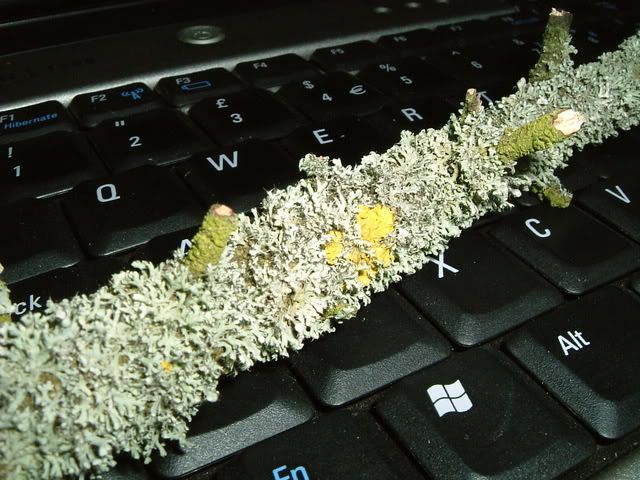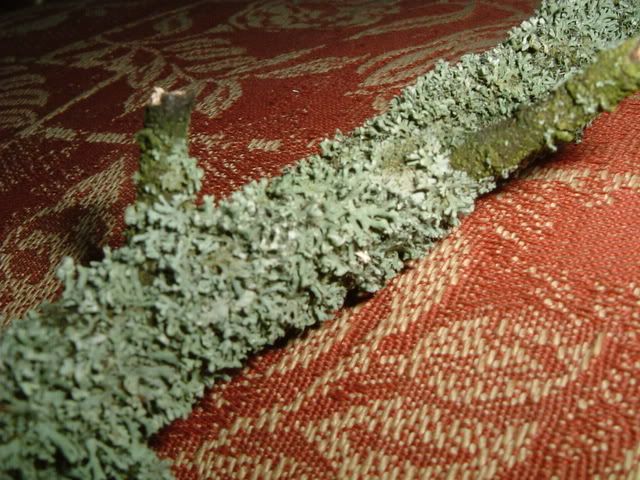|
|
Post by Chuckles on Apr 2, 2007 18:38:32 GMT
Can anyone ID this fungi and recommend any treatment for it. I've been helping a neighbour in his garden and noticed a small amount on an Escalonia, it was only a small amount and I've cut this out. However there is a 15ft Ceanothus Tree just behind it and this fungi appears to be covering over half of the branches. I started to cut some of the effected branches out and realised there would be nothing much left if I carried on. I've a feeling it's a saw it down and on the bonfire job.   |
|
|
|
Post by Chuckles on Apr 3, 2007 8:26:44 GMT
Just had a look out my landing window and noticed 2 other trees around the Ceonothus are also well covered with the same stuff  |
|
|
|
Post by Deleted on Apr 3, 2007 13:25:28 GMT
Looks like a Lichen to be honest
|
|
|
|
Post by Deleted on Apr 3, 2007 19:52:05 GMT
|
|
|
|
Post by Deleted on Apr 4, 2007 8:07:43 GMT
Copied from one of the links I posted - Pollution
Lichens absorb water and minerals from rainwater and directly from the atmosphere, over their entire surface area. This makes them extremely sensitive to atmospheric pollution. As a result, there are usually very few lichens around industrial centres and towns.
Different lichen species vary in their tolerance to pollution and therefore make very good biological indicators of levels of atmospheric pollution.
A walk around your local churchyard can often reveal a lot about air quality in your area. Churchyards are usually relatively undisturbed areas, with stone headstones which provide a good substrate for lichens. A good look at these lichens will give an indication of how good the air quality is locally. So it just goes to show that you obviously live where the air is clean and free from pollution.  |
|
|
|
Post by Chuckles on Apr 4, 2007 20:21:21 GMT
I like that Rita ;D
|
|